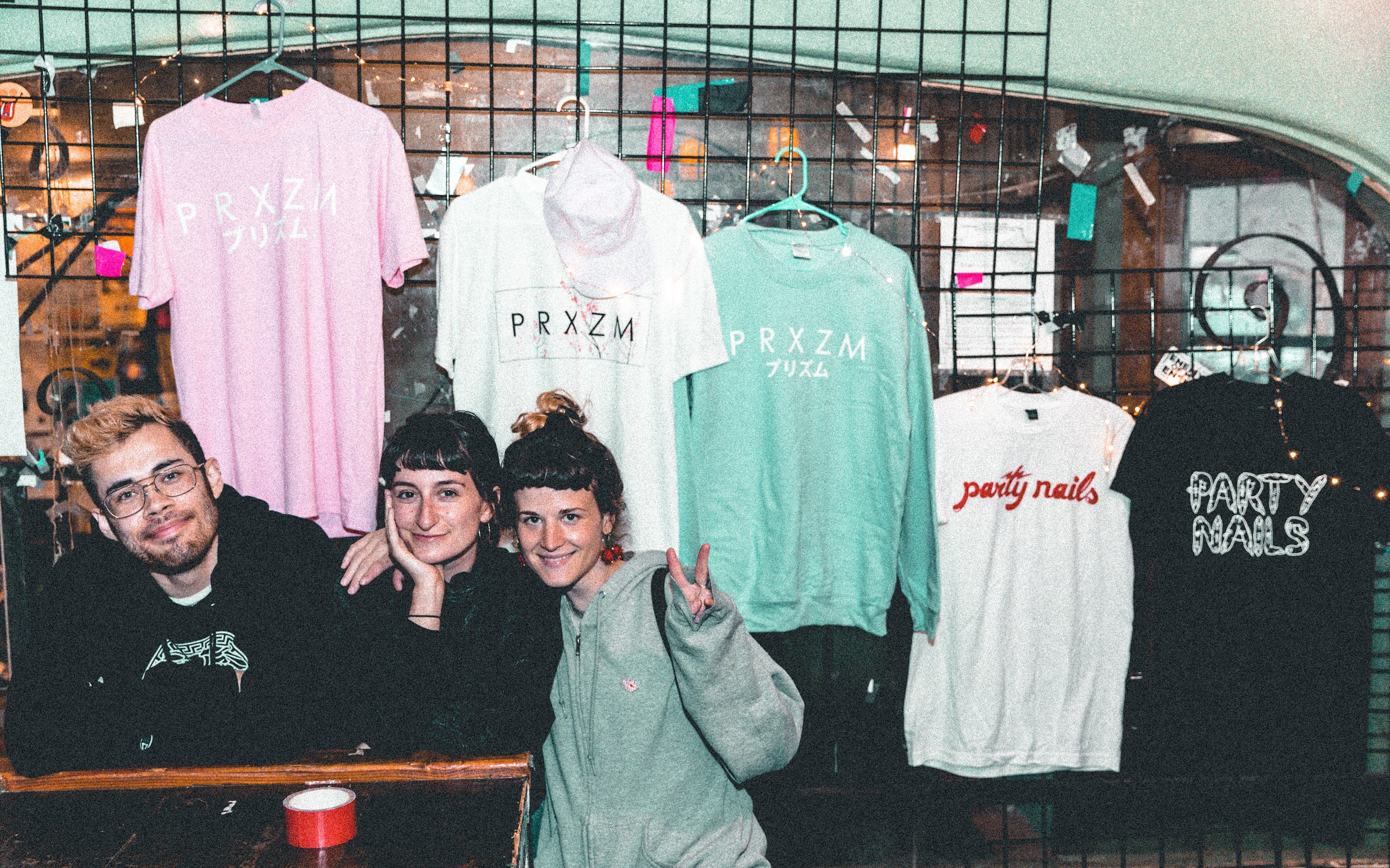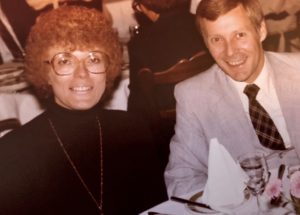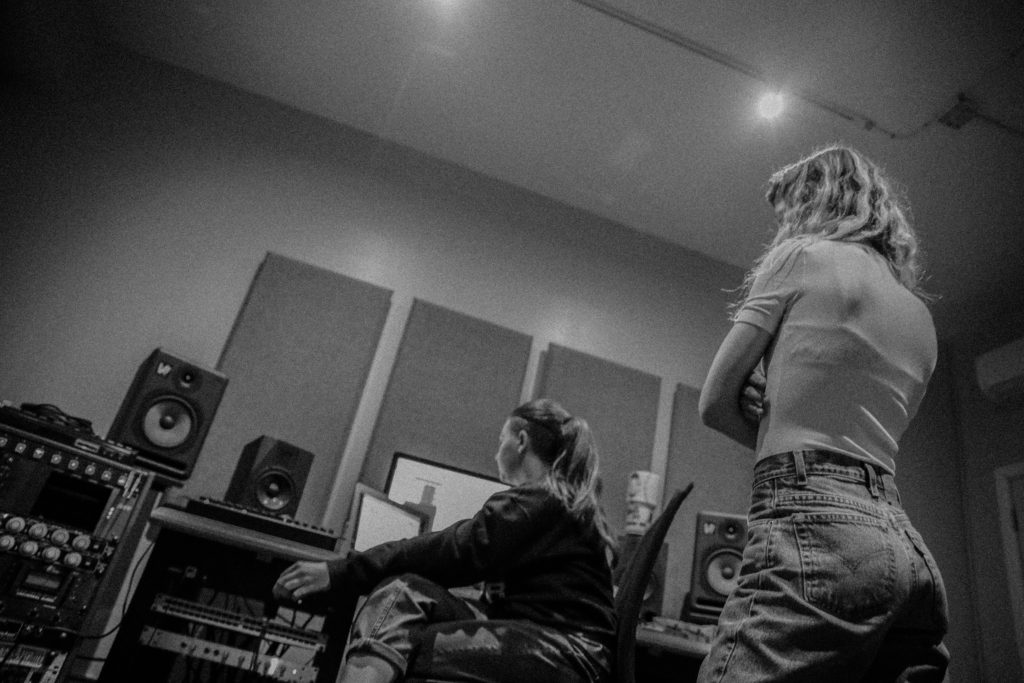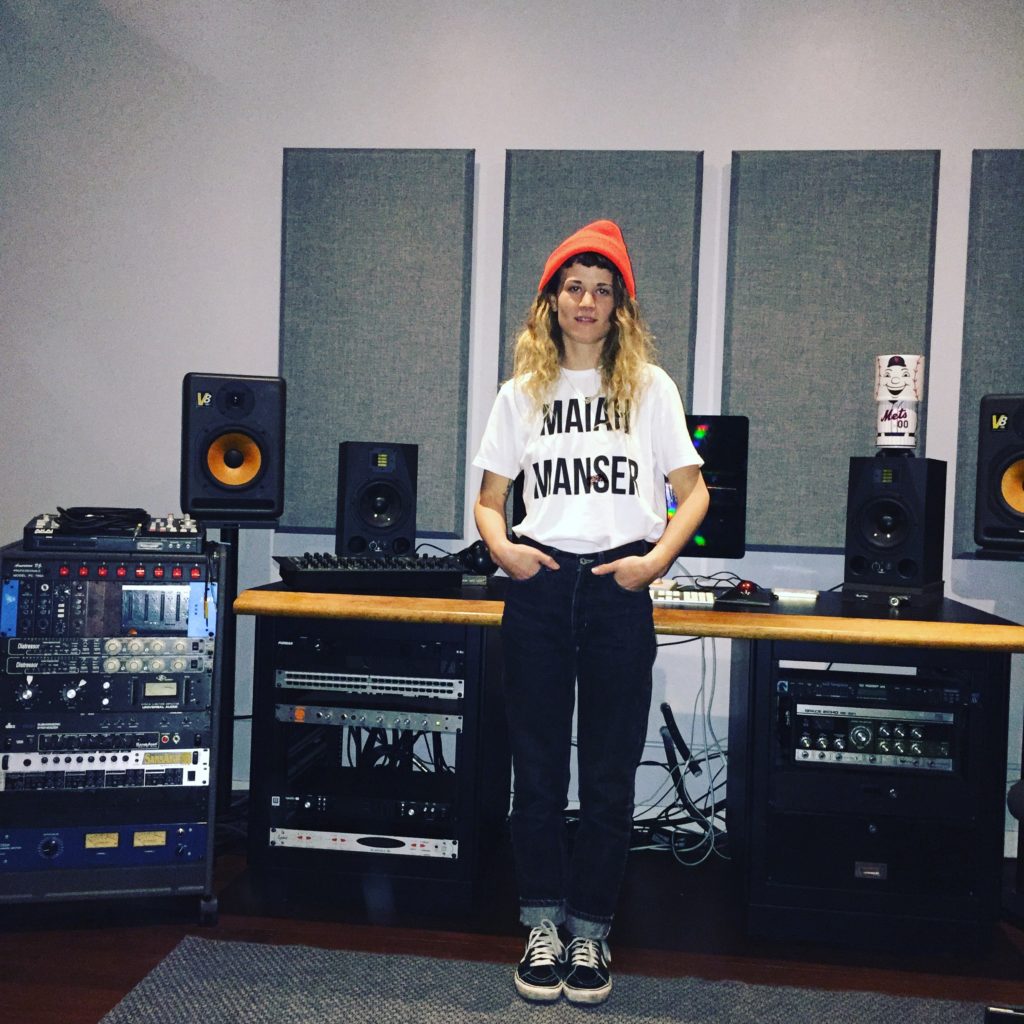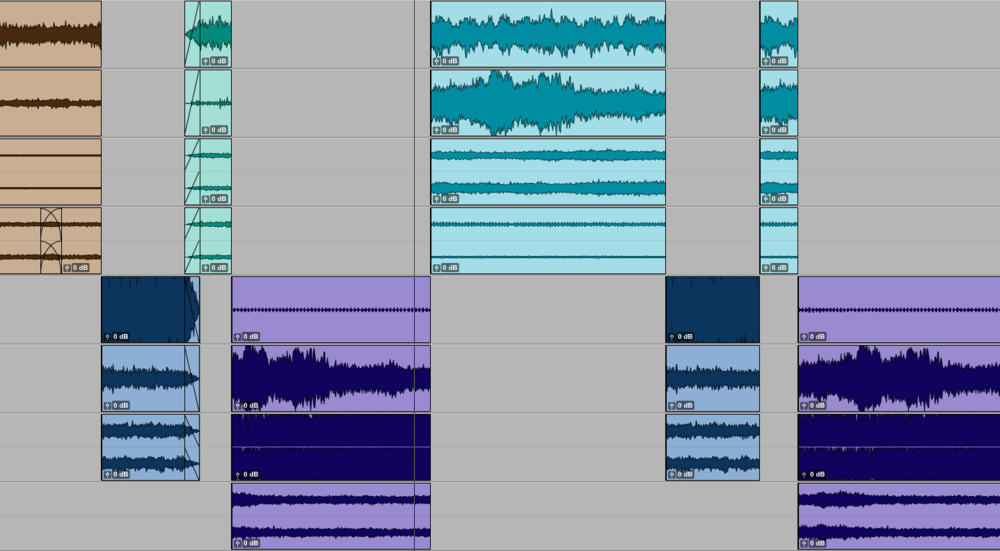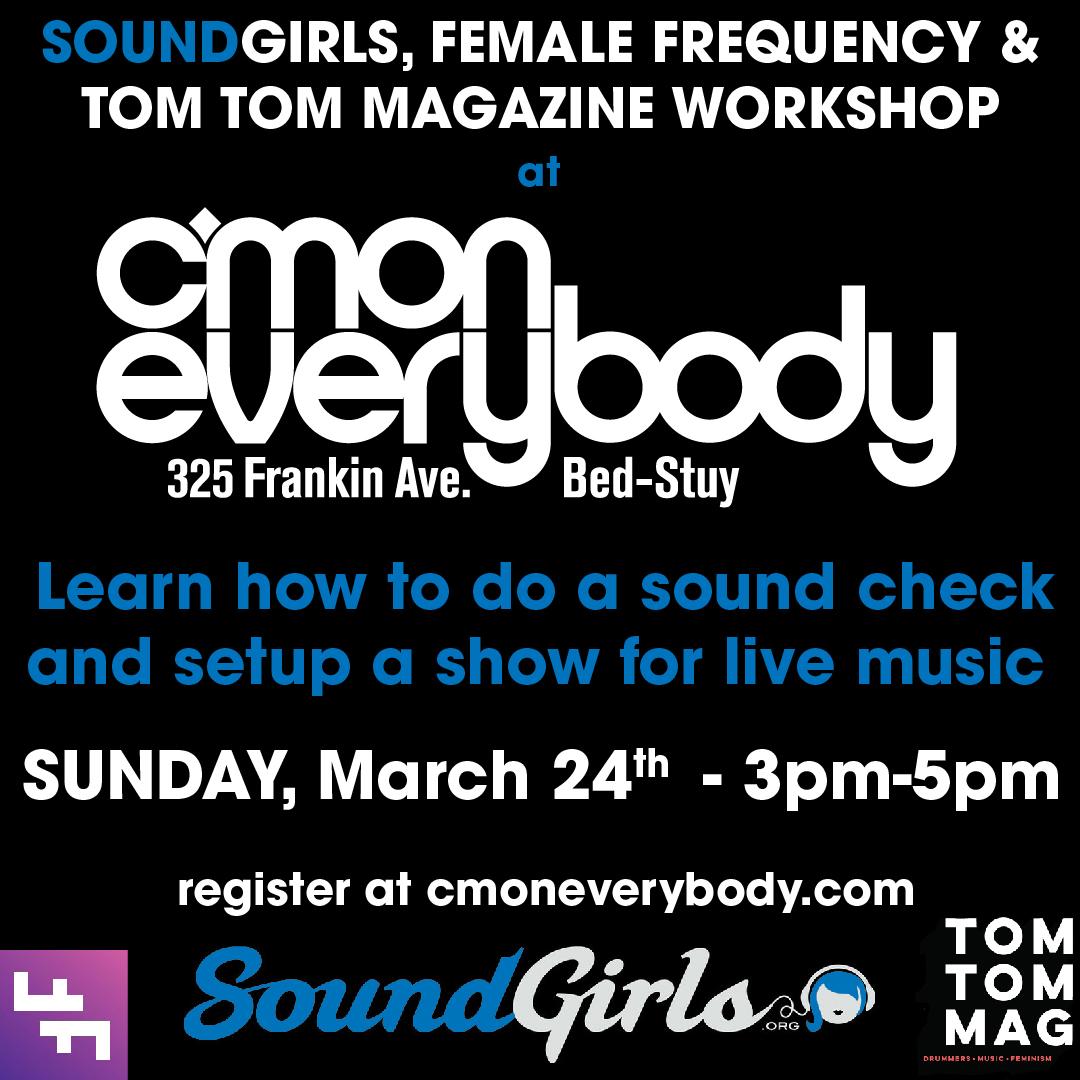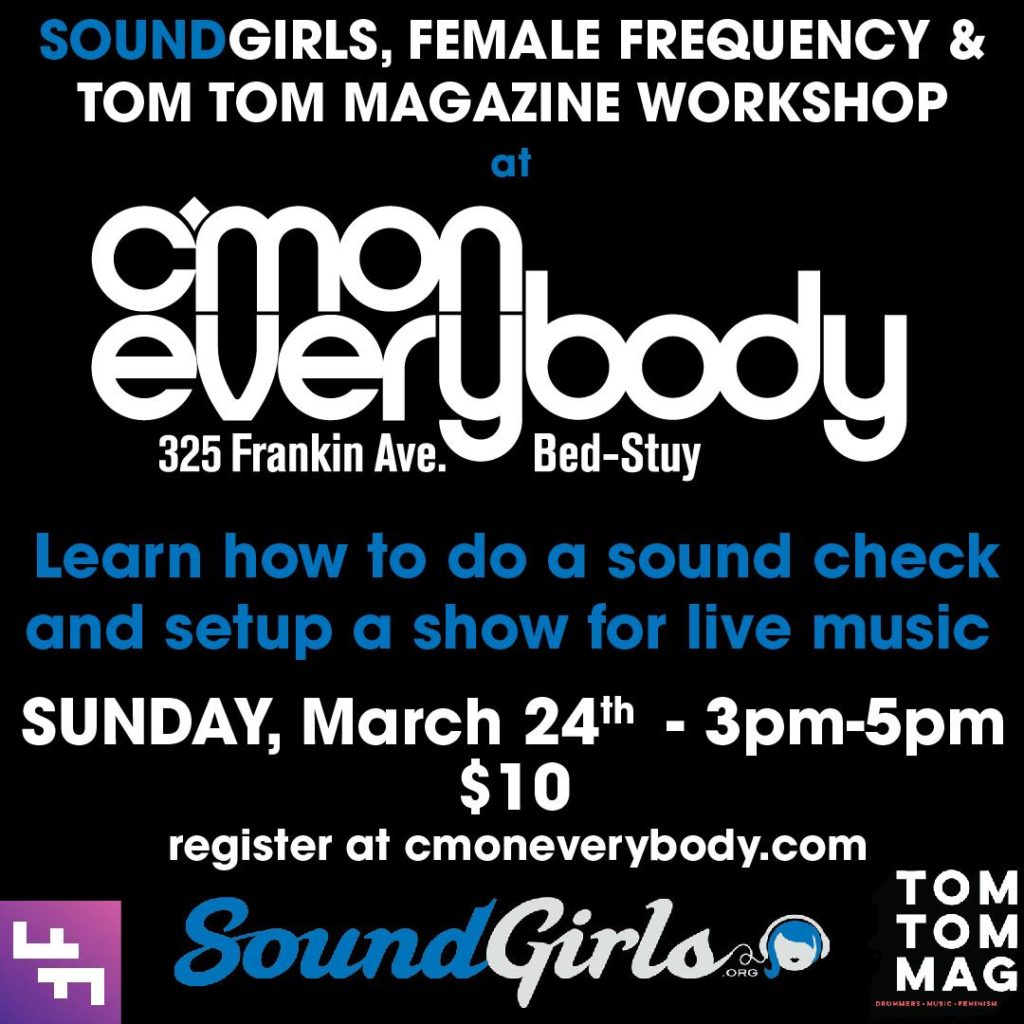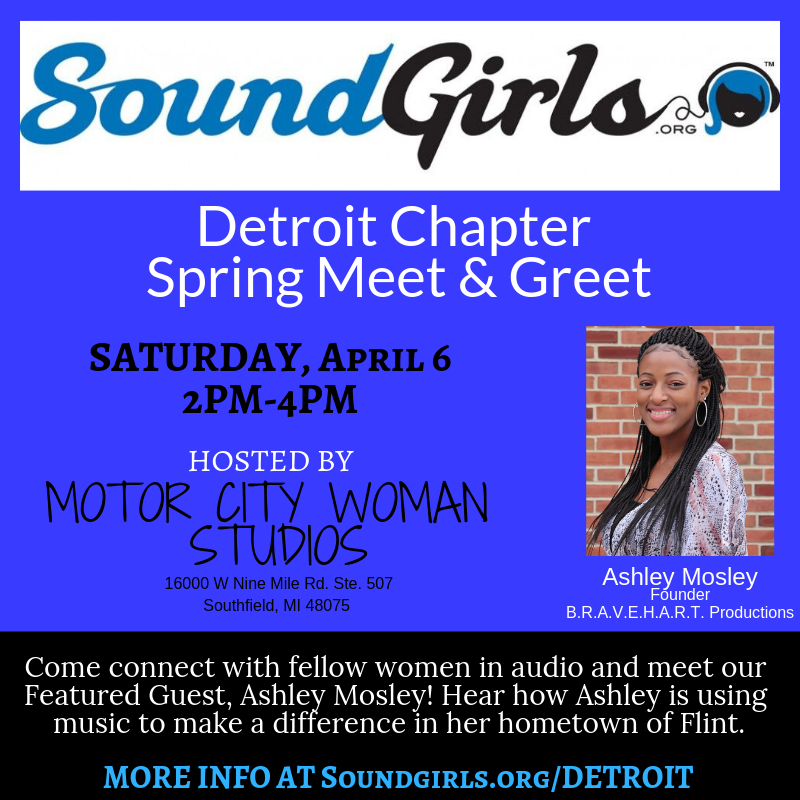I have been a sound effects editor and supervising sound editor for a long time now. But, I have recently begun mixing a television series here at Boom Box Post. I am enjoying how much I learn each and every time that I sit down at the board, and I am by no means ready to start spouting mixing advice to anyone. But, I can say that I’ve come to appreciate certain editorial practices (and absolutely abhor others!) through my new vantage point as a mixer. Things that I thought of like a nice way to make your mixer happy have turned into practices that are essential to me being able to start my mixing day right. Seriously, these five things can be the difference of hours added to my predub day. So, here are five editorial practices that I’ve realized are absolutely essential to a smooth mix.
#1: Stick to the template.
In short, don’t add tracks! Adding tracks to an established template causes numerous headaches for your mixer during the setup, and it’s easy for issues to crop up later without him or her realizing it. Every time a track is added, your mixer needs to adjust his or her inserts, sends, groups, VCAs, markers, and more. That is a ton of extra work, and if one of those hasn’t been checked and adjusted before beginning to mix, issues can crop up along the way.
Adding more tracks to your session to squeeze in those 18 dirt debris sound effects that you added to a car peel out is a huge no-no. I am especially annoyed when I see that tracks were added just to put one or two sound files on them in the entire session. Your mixer or supervising sound editor has thoroughly thought through the needs of the project before creating your template. So, if you feel that you need more space to spread out, you probably need to re-think the way you’re approaching your builds (see number four below…). But, if having more tracks seems absolutely essential to you, make sure that you reach out to your mixer ahead of time and clear the change with him or her.
#2: Cut foley in perspective.
Foley is often one of the things that makes a project really come to life. It truly helps the action to feel more real. But, it’s also something that is often mixed so that we feel it instead of truly recognizing it with our ears. Your mixer probably won’t be using the footsteps to make a sonic statement during a big monologue or music montage. But, it does often make sense to feature them when characters are moving in or out of a scene. It helps the audience to track where they are located in the story and aids the flow between shots.
In these instances, the panning is often at least as important than the volume. And in order to pan people walking, for instance, off screen-right and then immediately into the next shot from screen-left, the foley needs to have been cut for perspective! I’ve had numerous foley editors say that they’re uncomfortable cutting in perspective because they want to give the mixer options. But, you’re truly not giving your mixer options. Instead, you’re tying his or her hands (or, rather, making them need to scoot over to the computer and recut it themselves when they’d rather focus on mixing)!
But perspective cutting for foley can be a bit confusing. So, let me break it down for you: you should cut your foley in perspective if there is a drastic change in volume necessary, or if characters need to be panned in our out of a shot. Panning within a shot does not require perspective changes (e.g., a character walks around a room during the same shot). Zooming in does not require a perspective change (this can be done with a fader move and is not a change between shots). Here are some examples that would require perspective changes:
- Perspective change for volume: We start on a long shot of a character dancing on stage, shot from deep in the audience. Then, we cut into an extreme close-up on his feet. Bam! Perspective change!
- Perspective change for panning: Two characters and standing around talking, and they realize they’re late for an important meeting. They run off screen-right. Then, we immediately cut to them running into a different room from screen left. Give that sucker a perspective change!
#3: Color code your builds.
This is not by any means an industry standard, but I seriously appreciate it. I see it! Want your mixer to love you now and forever? Then color-code your builds! I would recommend color-coding the regions that make up each BG location the same color each time that location is used as well as color-coding the regions within each FX build.
For BGs this is helpful to your mixer because he or she can easily copy and paste the volume automation onto each instance of the same location in just minutes! This is such a great time-saver for getting to a reasonable starting point on BG balance.
For FX, make sure to color-code your regions according to what the build is covering on-screen rather than the kind of elements they are. That way, it’s easy for your mixer to identify what to adjust by just glancing at your session (without necessarily soloing every single file). For example, when cutting a door open, you may have a handle turn, a wood door open, and a long creak. Color-code all three of those suckers brown! Extra points go to color-coding something that makes sense for the thing you’re covering (blue for water, brown for a wooden door, yellow for a yellow remote-control truck, etc.). And make sure that each time that same door opens happens, you color code it the same way. By doing that, your mixer can easily find a balance he or she likes and then paste it onto every instance. That makes adjusting it to work in a specific scene so much easier.
#4: Choose fewer, better FX.
Let me say this: more is not better. Not by a long shot. Yes, in a lot of cases, you should cut more than one layer to get a textured and full sound without tying the hands of your mixer. But, you also don’t want to veer too far in the opposite direction and cut way too many elements. Sound effects editorial is an art-form, and like any true art, it takes forethought and vision to do it well. That means deciding which layers you want before you start digging through your library, and then editing yourself to create the most robust but clear and simple build possible. I never start pulling sounds without a game plan, no matter how simple the build might seem.
In general, I like to stick with a rule of three: choose three files max that cover three frequency ranges (low, medium, and high) and also three different sonic textures. For example, when cutting a steady forest fire, I would choose a low-end rumble element to give it size, a mid-range thick whooshy element (maybe with a little phase for motion) for fullness, and a high-frequency steady crackle to give it motion, life, and to help it poke through the mix without needing to turn the volume way up. Without a game plan, I might be left throwing in a dozen elements because they seem like good choices. But with a little forethought, I can easily cut down the number of elements I use and make each one count. Honestly, it also makes things sound a lot better.
Sticking with the rule of three also helps your mixer! After all, he or she can easily grab up to four faders (three is even easier!) and adjust the volume without needing to create a group and then disable it after making the adjustment. So, there’s basically no reason not to cut like this. It helps you and your mixer to work better, smarter, and faster!
#5: Use clip gain instead of volume automation to balance FX builds.
So, you’ve toiled over creating the perfect balance between your elements in a single build. And mixers love it when you do some of the work for them! They’ll definitely want to adjust that balance to make it work within the mix, but having a solid starting point is key. The problem with adjusting your balance during editorial with volume automation is that as soon as your mixer grabs the faders, that balance is completely erased and replace with whatever his or her fingers do. So, do yourself and your mixer a favor and balance within builds using clip gain. That lets your mixer have all faders sitting at zero (and not popping up and down all over the place during playback), and thus each adjustment he or she makes is on top of what you’ve already accomplished.
A few caveats on this:
- Make sure to use volume automation rather than clip gain when adjusting volume for perspective changes. Always first balance your build with clip gain, then cut it in perspective and make any volume changes for perspective with the volume bars.
- Do not ever clip gain a sound down to the point of being inaudible. That makes it impossible for your mixer to turn up the volume with a fader without seriously compromising the signal-to-noise ratio. Furthermore, if you find yourself turning anything down that much, just delete it! You obviously don’t actually like it, and you need the space so you can follow #1 and #4! Take the opportunity to edit yourself!
- Do not clip gain BGs. Use volume bars instead to adjust the balance. This is a good practice for two reasons: First, BGs often need to be super low in volume, and if you use clip gain, your mixer won’t be able to turn them up enough with the fader. Second, since these are long, steady elements, it’s nice to see where the volumes are on the faders rather than having them all at zero. But mostly, this is a signal-to-noise ratio issue.



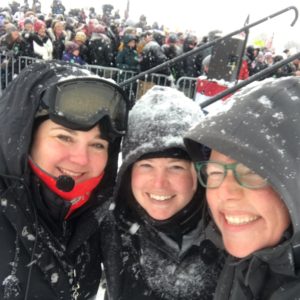



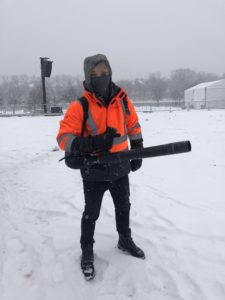
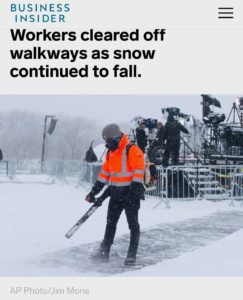


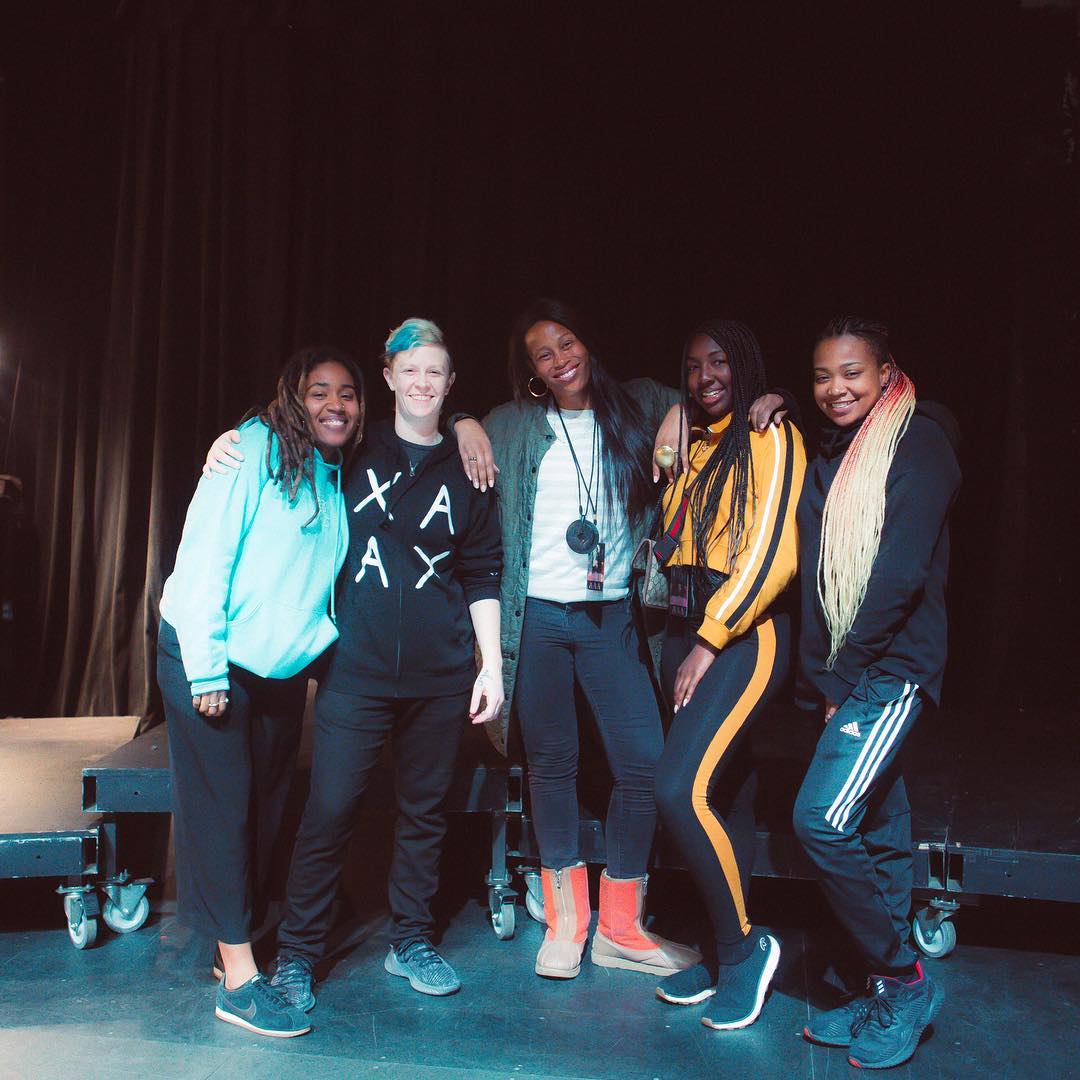


 ‘Together we can change things’: Revisit Olga Fitzroy’s inspirational MPG Awards speech
‘Together we can change things’: Revisit Olga Fitzroy’s inspirational MPG Awards speech BBC sparks sexism row after story describing British Oscar nominee Nina Hartstone as ‘sound editor mum’
BBC sparks sexism row after story describing British Oscar nominee Nina Hartstone as ‘sound editor mum’